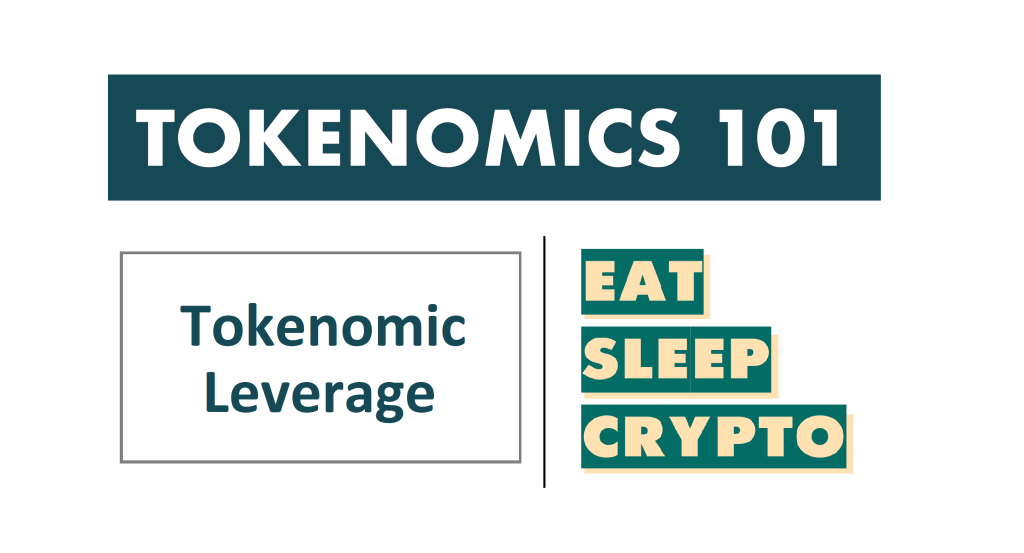PQ in the equation of exchange represents the total value of all purchases made with a cryptocurrency.
There are two ways to find total purchases.
The first is through direct, on-chain observation. The second is to use orthogonal metrics as a proxy for on-chain data.
Estimating PQ
Estimating PQ through proxy metrics is useful where data is unclear.
For example, Monero, whose chain can’t be surveilled – is impossible to gather data from.
XMR transaction amounts are hidden, and transaction histories are unclear.
XMR is mainly used on the dark web – exactly like Bitcoin when it started.

If you know the volume of purchases on the dark web, and the percentage of dark web transactions using Monero, you have a large component of PQ for XMR.
Finding PQ On-chain

In transparent blockchains, data is easy to parse.
Most blockchains are transparent, so on-chain data can be used as inputs to the equation of exchange.
It’s easiest to do this for Ethereum-based tokens. Transaction data can be interpreted according to documentation for the smart contract, which makes it easy to identify which transactions are speculative and which are to be included as part of total purchases.
For example, you can look at a Chainlink (LINK) transaction and understand which tokens are being paid to data providers, and which are simply being sent between exchanges by arbitrage traders.
[LINK dashboard Dune Analytics]
Etherscan is a helpful site to find known addresses like exchange wallets. Dune Analytics is a visualization platform with crowdsourced insights.
Combining Methods
Transparent medium-of-exchange coins, especially those which are UTXO-based (Dash, Litecoin, Bitcoin Cash) require a combination of on and off-chain analysis to find PQ for the equation of exchange.
It’s not always clear which transactions are self-sends, speculative purchases, or those sent to mixers for obfuscation, etc.
In this case, it’s helpful to identify known wallets and work from there.
Exchange addresses are publicly available, flagged on sites like Etherscan and Dune Analytics.

On UTXO-based chains visualizations of transactions coming from mixers look different than visualizations of regular transactions, it just takes a little digging to identify these.
Going Further
Fundamental valuations of cryptocurrency are built on the equation of exchange – required reading for this article and others.
The equation of exchange is foundational to cryptocurrency valuation and the Tokenomics 101 article series.
We use these frameworks to design valuable tokens.
If you’re interested in building a token with fundamental value or valuing cryptocurrencies with a simple framework, reach out to us for a free consult.





